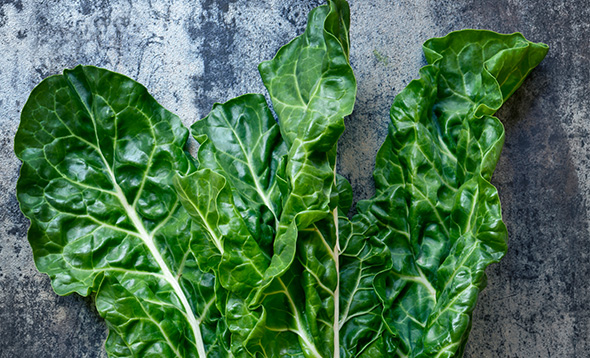That organic living is a conscious health choice
The Power of Supergreens
When most people talk about supergreens, they typically mean the select group of algaes (think spirulina and chlorella) and cereal grasses (like wheatgrass and barley grass) prized for their remarkable nutrient density and harvested at their peak nutritional state, then juiced, or dried and processed into powders. But the term also applies to a plethora of vegetables (rather than fruit) naturally rich in phytonutrients, antioxidants, vitamins, minerals and fibre, which conscious eaters are hailing as essential superfoods.
Increasing your daily intake of fresh vegetables is one of the easiest steps you can take towards improving your overall health and protecting yourself from a range of chronic diseases. Consuming supplements (even supergreen ones) can never replace the powerful nutritional benefits of eating fresh, organic vegetables every day. So the kind of supergreens we’re super excited about are essentially the vegetables that deliver exceptional nutritional density making every bite you take quantifiably better for you.
As a general rule of thumb, the greener the vegetable, the more nutritious it will be. Kale has rapidly risen up the ranks of supergreens because it contains 45 different flavonoids which combine both antioxidant and anti-inflammatory benefits; aids in the body’s natural detoxification processes; lowers the risk of a range of cancers; and can even lower your cholesterol. Chard is another supercharged green that is garnering plenty of attention. The range of precious phytonutrients – 36 at last count – this vegetable related to both beets and spinach contains is visibly apparent given its deep green leaves in addition to the made shades of the rainbow its stalks and veins take on. These act as anti-inflammatory agents and can significantly aid in lowering the risk of obesity, high blood pressure and arthritis among other ailments. Chard is an excellent source of vitamins C, E and A; offers blood sugar benefits; and provides outstanding bone support through its supply of calcium, magnesium and vitamin K. Yet another supergreen you ought to be stocking up on is the cruciferous vegetable, collards. Powerful in aiding cancer-prevention, collards boost detoxification; offer a broad spectrum of antioxidant support that help lower the risk of oxidative stress; are a good source of alpha-linolenic acid (ALA), an omega-3 fatty acid) and vitamin K, both anti-inflammatory compounds; lower the risk of cardiovascular problems; and aid digestion (given their fiber content).
Incorporating supergreens into your daily diet doesn't need to be very complex. Many can be enjoyed simply steamed (some even benefit from steaming as the cooking enhances their health giving potential) and seasoned. They are also great tossed into salads, stews, stir-fries, soups, omelets and frittatas, and even green juices and smoothies.
It’s also important to make sure that the supergreens you’re selecting are fresh. Simply put, fresh vegetables offer the best nutritional value. In addition, opt for organic vegetables as they protect you from exposure to pesticides, and boost nutrition. Studies show that organic vegetables contain up to 40 per cent more antioxidants and have higher levels of beneficial minerals such as iron and zinc. Organic tomatoes, for example, contain 55 per cent more vitamin C, and 139 per cent more phenolic content.
So, to get the very most out of every meal in your day, it’s time to add more supergreens to your diet. They are the key to long-term good health.


























_1672804154.jpg)

_1611290459.jpg)